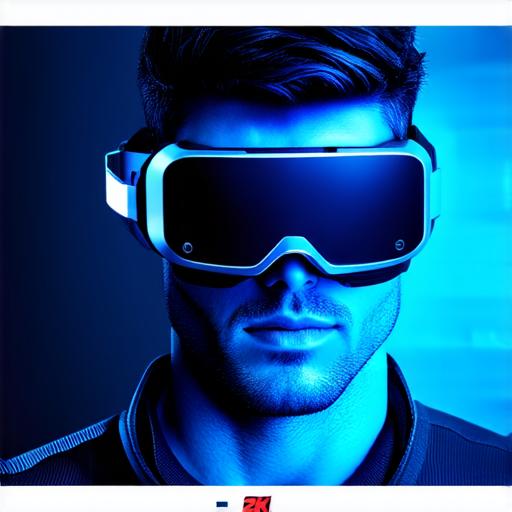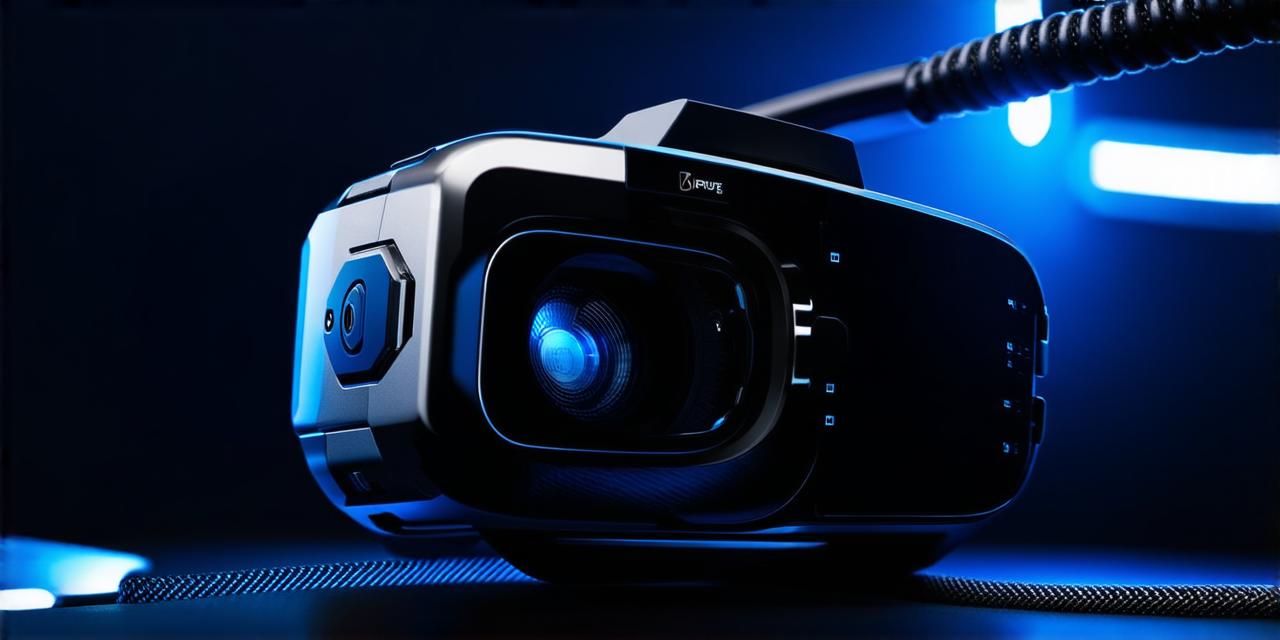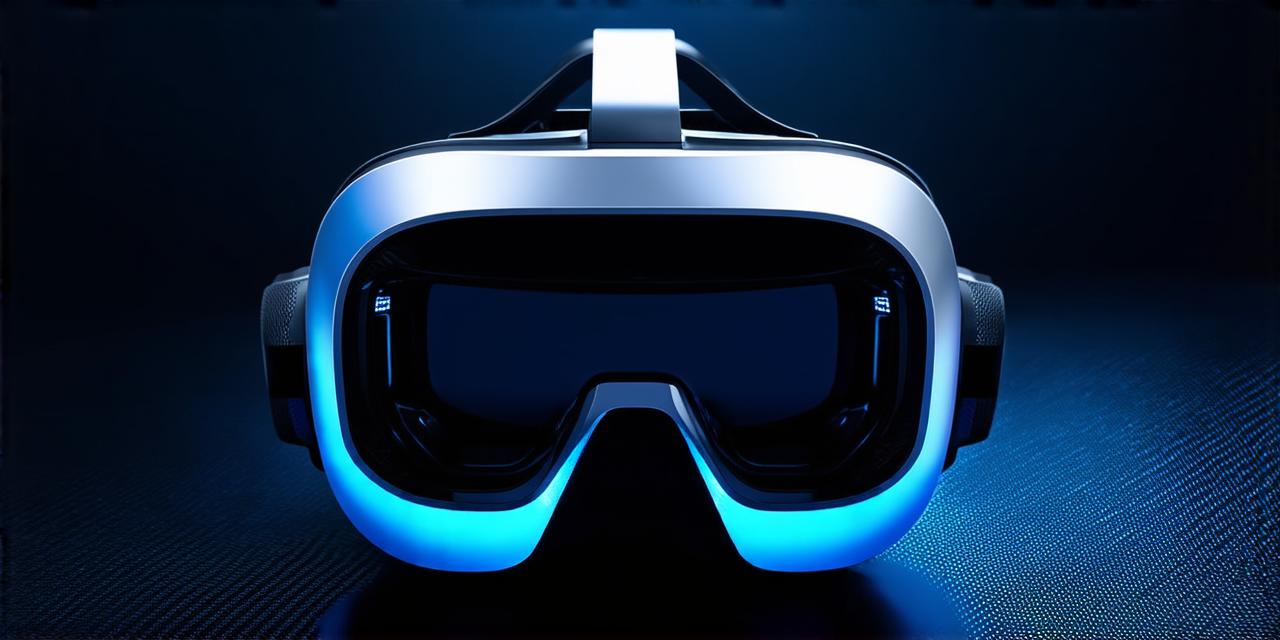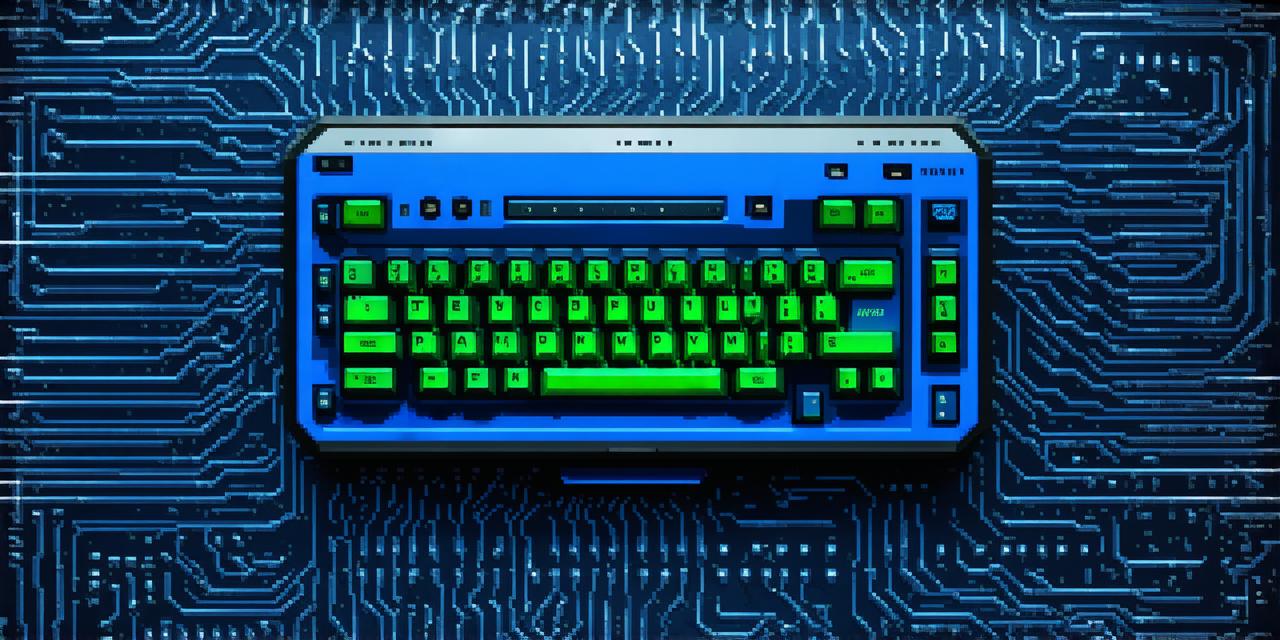Introduction
Virtual Reality (VR) technology has come a long way in recent years, and with it comes the need for developers to understand the intricacies of their VR headsets. One of the most important aspects of a VR experience is the frame rate, which determines how smoothly and seamlessly the images are displayed on the screen. In this guide, we will explore what frame rates signify in VR, why they matter, and how you can optimize your VR experience for the best results.
What are VR headset frame rates?
Frame rates refer to the number of times an image is updated on the screen per second. In VR, the frame rate determines how smoothly and seamlessly the images move and how immersive the experience feels. A higher frame rate generally leads to a smoother and more realistic experience, while a lower frame rate can cause motion sickness or lag.

Frame rates are typically measured in hertz (Hz), with most VR headsets capable of displaying images at 90 Hz or above. However, some high-end VR systems can reach up to 240 Hz, providing an even more immersive and realistic experience.
Why frame rates matter in VR?
Frame rates are crucial in VR because they directly impact the user’s sense of presence and immersion. A higher frame rate means that the images on the screen update more frequently, making them appear smoother and more lifelike. This can be especially important for activities such as gaming or virtual training, where quick reactions and precise movements are essential.
On the other hand, a lower frame rate can cause motion sickness or lag, which can ruin the user’s experience and make it difficult to maintain presence in the virtual environment. This is particularly true for users who are prone to motion sickness, such as those with vestibular disorders.
Optimizing your VR headset frame rates
There are several factors that can affect the frame rate of a VR headset, including the hardware specifications of the system, the quality and complexity of the content being displayed, and the user’s internet connection speed. To optimize your VR headset frame rate, you can try the following:
- Upgrade your hardware: If your VR headset is struggling to maintain a high frame rate, it may be time to upgrade your hardware. This could include upgrading your graphics card or processor, or investing in a higher-end VR headset with better specifications.
- Optimize your content: The complexity of the content being displayed can also affect the frame rate. You can optimize your content by reducing the number of polygons and textures, or by using lower-resolution assets.
- Improve your internet connection speed: A slow internet connection can cause lag and reduce the frame rate. You can improve your internet connection speed by switching to a faster plan or using a wired connection instead of Wi-Fi.
- Use VR-specific software: Some VR software is optimized for higher frame rates and can provide a smoother experience than traditional applications.
Case studies: Real-life examples of VR headset frame rates
Let’s take a look at some real-life examples of how frame rates can impact the VR experience.
Example 1: Oculus Quest 2 vs. HTC Vive Pro Eye
The Oculus Quest 2 and HTC Vive Pro Eye are both popular high-end VR headsets with different specifications. The Oculus Quest 2 has a maximum frame rate of 90 Hz, while the HTC Vive Pro Eye can reach up to 120 Hz. In this case, the higher frame rate of the HTC Vive Pro Eye provides a smoother and more immersive experience, particularly for activities such as gaming or virtual training.
bekannten Hardware-Specifikationen des Systems, die Qualität und Komplexität der angezeigten Inhalte sowie die Internetverbindungsgeschwindigkeit des Benutzers. Um Ihre VR-Headset-Frame-Rate zu optimieren, können Sie versuchen Folgendes




